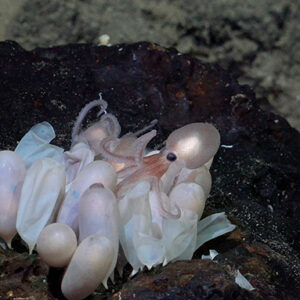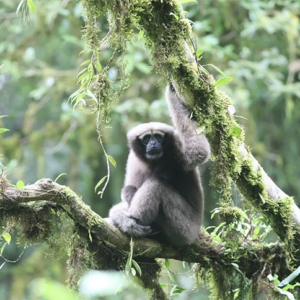
Just like human newborns, before newborn mammals open their eyes for the very first time, they actually have the ability to make visual sense of the world they are about to enter. But many wonder, how can that be considering they’ve never actually seen the outside world yet?
In a new study by Yale, a research team has hypothesized that in one way or another, mammals already dream about the environment they are about to enter before they even come out of their mother’s womb.
In one of the more recent issues of Science journal, a research group led by Michael Crair, a William Ziegler III Professor of Neuroscience and professor of ophthalmology and visual science at Yale, talked about the ‘waves of activity’ that usually come from the neonatal retina of mice even before these creatures ever opened their eyes for the first time.
Meanwhile, the same activity was observed to disappear very soon after birth, then replaced by the more advanced and mature network of neural transmissions that occur during visual stimuli to the brain. When this happens, information is then encoded, collected, and stored for future use.
Senior author of the study and also vice provost for research at Yale, Professor Crair wrote, “At eye opening, mammals are capable of pretty sophisticated behavior. But how do the circuits from that allow us to perceive motion and navigate the world? It turns out we are born capable of many of these behaviors, at least in rudimentary form.”
Also during the study, Crair’s research team – led by two Yale graduate students Kathy Zhang and Xinxin Ge – investigated the roots of these so-called ‘waves of activity.’ They took images of the brains of the mice right after birth, before the animals could open their eyes, and what they found was that their retinal waves actually ‘flow in a pattern’ mimicking the same activity that would happen if these animals were actually moving forward within their environments.
Crair went on to say, “This early dream-like activity makes evolutionary sense because it allows a mouse to anticipate what it will experience after opening its eyes, and be prepared to respond immediately to environmental threats.”
Furthermore, the Yale research group looked into the cells and circuits that are ‘responsible for propagating the retinal waves that mimic forward motion in neonatal mice.’
What they observed was if they blocked the function of starburst amacrine cells – the cells in the retina responsible for releasing neurotransmitters – will prevent the waves from moving in the direction that ‘mimics forward motion.’ What this does is impair the mouse’s development and ability to react to the visual motion after they’re born.
Notably, when it comes to the adult retina of mice, these same cells are known to play a very vital role in their more refined and mature motion detection circuit which gives them the ability to react or respond to numerous environmental cues.
Mice obviously differ from humans when it comes to the way they navigate their environment right after birth, being much quicker in their responses. On the other hand, human babies can also detect particular objects and identify motion almost immediately as well, like a finger moving in their field of vision. What this suggest is that ‘their visual system was also primed before birth.’
Professor Crair explains, “These brain circuits are self-organized at birth and some of the early teaching is already done. It’s like dreaming about what you are going to see before you even open your eyes.”
What are your thoughts? Please comment below and share this news!
True Activist / Report a typo


